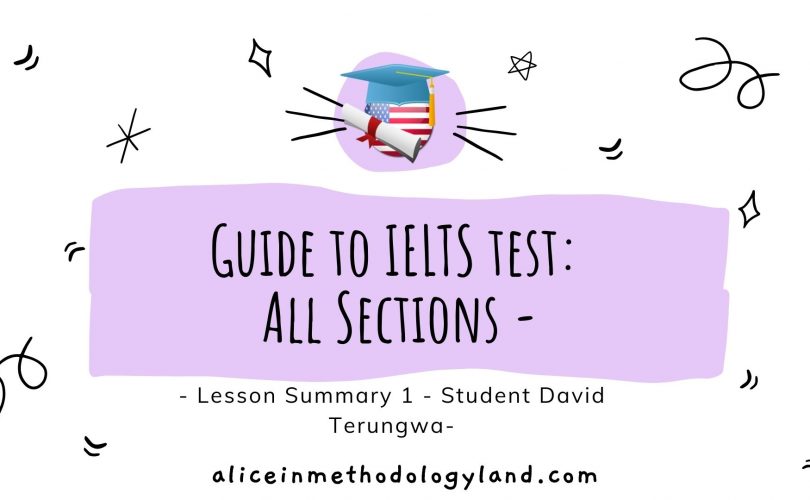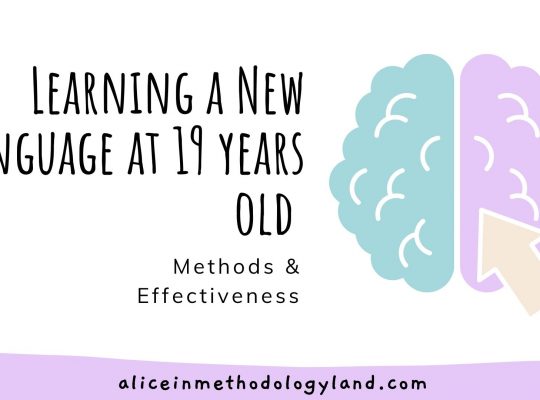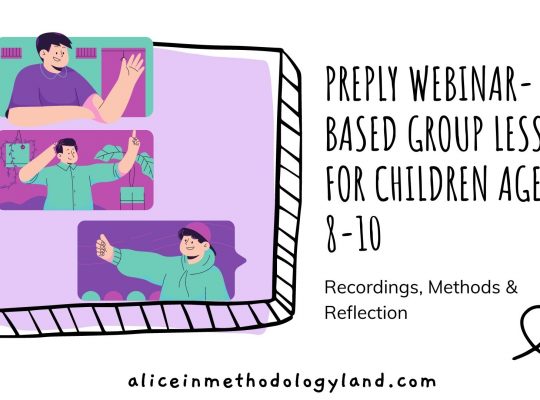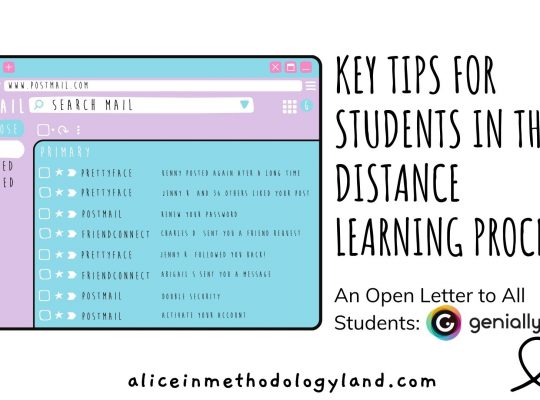Hello, my dear students! As many of you know, we just started the lesson summaries project, and you will have a lot of opportunities to volunteer and get your writing evaluated! The selection is closed for now until the students complete the first 5 lesson summaries. The topic of the first lesson is the INTRODUCTION TO THE IELTS TEST.
What is the goal of our lesson summary project?
We currently have 70 lessons and 70 practice modules with many lesson recordings, interactive content, and practice. Since we have quite a lot of lessons and new students are joining daily, this project will provide additional written summaries so that the newcomers can read articles about strategies if they do not have the time to watch the lesson recordings. The introduction to the IELTS test is critical before we even start preparing, so make sure to read this post!
I will post the lesson summaries inside the course and publicly as well. By posting it publicly, I want to provide an opportunity for all the students to have a published article in English and add it to their CV to prove their level of English further when they are looking for employment or when they want to study abroad.
What does our IELTS course consist of?
I developed an interactive online facilitated IELTS course for more than 700 students. The course combines synchronous and asynchronous learning. By creating a collaborative learning environment, students can become peer-teachers and participate in the assessment. The course consists of:
- A diagnostic language test,
- Separated modules for each live lecture,
- Lesson recordings for revision, s
- Self-grading listening, and reading tests.
That is to say. The course has collaborative activities that consist of discussion, oral, written presentations, and reflections. The course presents an effective teaching innovation, and I presented my teaching methods at EdmodoCon in Miami last year. Read more about it here.
The course is created specifically for the B.Y. Mafit IELTS preparation center, and it is not open to the public.
LESSON 1 – David Terungwa – CORRECTED ASSIGNMENT
As in every exam preparation course, the first lesson introduced the IELTS test as an English language testing system. IELTS is an abbreviation for International English Language Testing System. IELTS tests candidate’s use of English in all 4 language skills, i.e., listening, reading, writing, and speaking. In the first lesson, it was crucial to orient the Canvas platform to manipulate the course and access information easily.
Under the introduction module, we have the following pages:
- Canvas platform orientation. This page is technical. It shows students how they can navigate the course on Canvas and make the most of the course work.
- Canvas code of conduct for all participants. It constitutes the rules given by the platform to moderate participant’s behavior towards each other.
- English placement test for students.
- Discussion panels. You can ask any question and any student can reply to your inquiry. Teacher Alice will then check the response to see if it is correct. It is an opportunity for students to help one another.
- FreeConferenceCall for live lessons. This is where our live lessons take place. You can see video tutorials on how to install the lesson app.
Also, it was imperative to discuss the general IELTS and its guidelines.
Here is the basic information about IELTS from the first lesson:
- IELTS is internationally recognized. It is accepted in many countries from America, Europe, to Asia and Africa.
- It is task-based. In every section of the exam, you have to know what is expected of you.
- It rates a candidate’s communicative competence. This means that even if you don’t have a big vocabulary, you can still have a decent score, provided that you can communicate your ideas clearly, fluently, and without mistakes.
- Finally, it assesses and reports performance in all four language skills. It checks spelling and punctuation. When the candidates make spelling and punctuation errors, they lose points.
What is the difference between the general and the academic IELTS?
Furthermore, in the first lesson, the test types and their structures were discussed. We have the general IELTS, which is used for immigration purposes, and the academic IELTS, which is used for higher studies or professional work visas.
What differentiates both exam types are the reading and writing modules. In academic reading, you will have more academic reading passages. Those are mostly lectures from universities, and in the writing module, you will write an academic article close to scientific research. The listening and speaking modules are the same.
Let’s start with our introduction to the IELTS test!
The introduction to the listening section of the IELTS test
The time allowed is 40 minutes – 30 minutes for the test and 10 minutes to transfer your answers onto the answer sheet. During the exam, you need to write answers on a blank paper, and after the listening is over, you will get an answer sheet to copy your answers. Be very careful when you copy the answers and don’t make spelling mistakes.
You can hear the audio recording only once. There are forty questions and four sections. Each question carries one point.
The structure of the listening module goes like this:
- Section one: Conversation on a semi-official topic. It can be someone enquiring about a hotel reservation or a holiday trip.
- Section two: A monologue about a social topic. Just one person will be talking – giving information about a museum or a resort, etc.
- Section three: A conversation between 2-4 people. The discussion will be about an academic topic or research or a project.
- Section four: A university style presentation of an academic topic by one person.
A predominant issue candidates usually have in the listening module is section two, where two to three persons are discussing. The best tip will be to create a legend. It becomes much easier to identify the speakers and know who said what or their individual reactions to the discussion with a legend. This way, it becomes easy to track the conversation. Also, some students have issues when it comes to multiple-choice questions. The best tip will be to practice paraphrasing and learn synonyms.
The introduction to the reading section of the IELTS test
Moving on to the reading module. The time allowed is 60 minutes, and students and there are 40 questions. The question types are usually true/false/not given, or yes/no/not given. Also, there are multiple-choice, matching headings, summary, sentence completion, and fill-in-the-gap questions. The module has three reading passages with various question types distributed among the three reading passages. Common issues students have in the reading section include:
- Synonyms and paraphrasing. Paraphrasing is simply rewriting a phrase or a sentence so that it has the same meaning but in different words, while synonyms are different words that have the same meaning.
- Time management. Each question carries one mark plus passages are not in order of difficulty.
- Question types. Understanding the task in front of them.
How to deal with the most common issues in the reading section
The candidates not be put off by the complicated grammar structures and unknown vocabulary in the passages. Instead, they should concentrate on the main idea and know what the passage is all about. Also, when it comes to time management, it is best to read through the questions first before skimming and scanning through the passages to pick answers. Skimming means reading through a passage quickly to understand the general idea, but not necessarily for details. Putting this strategy to use will help a candidate achieve a good band score.
The introduction to the writing section of the IELTS test
The next module is writing. This section is 60 minutes long and has two writing tasks. Task one has a word limit of 150 words minimum, while task two has a word limit of 250 words minimum.
Task one usually involves analyzing statistical data. The questions consist of graphs, charts, tables, and diagrams. Always ensure to follow the usual writing structure, i.e., introduction, body, and conclusion. The introduction could be a paraphrase of the title. The body is where you analyze and compare data or information. Make sure not to include your personal opinion. Be specific when reporting, and remember you are writing in passive form.
In part two, you can get any topic. It can be a statement, and you will be required to express your attitude towards the statement. It can be any question prompt like such as, agree/disagree, discuss two views and state your own opinion, or advantage/disadvantage questions. Also, remember to maintain the correct writing structure. Be creative and inventive when writing your essay.
The introduction to the speaking section of the IELTS test
Finally, we have the speaking module. The time allotted for this module is 10-15 minutes. You don’t have so much time to talk. It is just you and the interviewer in the room, and the section is recorded.
The speaking test has three sections. Section one is about your personal life. Section two is a monologue. You will get a task card with a topic to speak about for 2 minutes. Try to answer all the questions on the task card before the 2 minutes are up. Section three may have extended questions from section two or another topic. Your grammar, fluency, pronunciation, vocabulary, and body language will be assessed. Therefore, use grammar structures you are comfortable with, and avoid too many crutch words. In the speaking part, it is good to be as natural as possible and enjoy speaking English because this will impact your band score.
To conclude
In conclusion, it is imperative to note that time management is crucial in every test part. Therefore, students should do a lot of practice to perfect all four skills to perfect all the language skills. In addition, candidates should pay attention to keywords – dates, places, and names-to help them locate answers easily.
Teacher’s commentary:
David’s writing was excellent! He wrote a very long summary, and I am very grateful for the detailed reflection!
David should:
- Pay attention to word order – see the sentences which had improper word order in the link below.
- Pay attention to singular/plural and matching his verbs and nouns.
- Not use too much passive!
- Be aware of the writing style. Sometimes we can sound strict and even rude in semi-formal essays.
- Pay attention to commas since a lot of them were missing.
- Pay attention to articles, specifically a and the.
- Take a look at other, smaller mistakes in his essay.
- Keep working, this was really amazing!
About the author:
David holds a Bachelor of Engineering (B.Eng) in Electrical/Electronics Engineering. He is looking forward to enrolling in a Master’s program in Robotics and Automation, with a special interest in Artificial Intelligence. He currently works with the Dangote group as an Electrical engineer.
What do you think about the first lesson content – Introduction to the IELTS test? Was it informative enough for you, especially if you didn’t have time to attend the lesson or watch the lesson recording? Write in the comments or via the contact page!







Excellently written and highly informative. I appreciate the fact that it was very detailed and comprehensive. Good job, David. And, thank you teacher Alice for starting this article.
You are welcome, Toyin!
David wrote an amazing article and I am sure it will help many students understand what does IELTS test consist of!
Yes I love his article on introductory on IELTS. Thanks you alot.
You’re welcome! I think David did a great job! :)
[…] Introduction to IELTS test – Lesson 1 Summary – David Terungwa […]
This is beautifully written and well detailed.
Hello, Yusuf!
I am pleased this article helped you!
Teacher Alice